Decibels can be confusing for many amateur radio enthusiasts, but they are essential for measuring power, sound, and signal strength. In this blog, we’ll explore the basics of decibels, their importance, and how they’re used in ham radio.
What is a Decibel (dB)?
A decibel (dB) is a logarithmic unit used to express the ratio between two values. It’s commonly applied to power levels, sound, or electrical signals. Since the decibel scale increases or decreases exponentially, it allows us to represent large variations in power or signal strength with manageable numbers. This makes decibels highly useful in scenarios like antenna gain, where signal strength can vary dramatically over distance.
Whether we’re discussing sound intensity or radio waves, decibels provide a universal language for comparison.
Why Are Decibels Logarithmic?
The logarithmic nature of the decibel scale is what makes it so useful. It enables us to express large variations in power and signal strength with numbers that are easy to work with. In fields such as acoustics, electronics, and communications, this property is particularly valuable. For example, it helps us represent vast differences in signal power using smaller, more practical figures, simplifying the analysis and comparison process.
A Brief History of Decibels
Decibels were developed by engineers at Bell Labs and named in honor of Alexander Graham Bell. As telephone networks expanded, engineers faced the challenge of measuring signal losses over long distances. The decibel, with its logarithmic properties, allowed them to quantify these losses in a more intuitive and scalable way. This innovation was a major breakthrough, revolutionizing how we measure not just signal strength, but also sound and power in modern communication systems.
The key takeaway here is that the logarithmic nature of decibels made it possible to measure signal degradation over long distances more accurately.
Linear vs. Logarithmic Scales
When measuring quantities like sound, power, or signal strength, there are two common types of scales: linear and logarithmic.
- A linear scale progresses in equal steps, such as distance (meters, miles) where each unit adds the same amount.
- A logarithmic scale progresses by multiplying values, which is ideal for phenomena like sound intensity or signal strength, where changes can span several orders of magnitude.
For example, on a linear scale, moving from 1 to 2 adds a constant value. On a logarithmic scale, moving from 1 to 10 or 10 to 100 involves multiplying by a constant factor. This is why decibels use logarithmic scaling—it allows us to represent large variations in signal power with more manageable numbers.
Visualizing the Difference
Let’s look at an example of power levels:
- Watts: 100W, 200W, and 400W. When power doubles, the bar representing it also doubles. This quickly becomes difficult to manage.
- dBm (Decibels relative to milliwatts): 50, 53, 56. With the logarithmic scale, an increase in power by 300 watts only results in an increase of 6 dB, making it easier to interpret.
The 3dB Rule in Ham Radio
A core concept in ham radio is the 3dB rule:
- Increasing by 3dB doubles the power.
- Decreasing by 3dB halves the power.
This rule is crucial for optimizing communication efficiency. Even small changes in dB can have a big impact on signal strength, allowing hams to fine-tune their systems for better performance.
Signal Strength, Antenna Gain, and Noise Levels
In ham radio, decibels are frequently used to discuss:
- Signal strength: The power of a received signal.
- Antenna gain: The increase in signal strength provided by an antenna.
- Noise levels: The amount of interference affecting signal clarity.
Understanding how decibels relate to these factors is key to improving radio performance.
dBm: Why It’s Used in Ham Radio
dBm is a unit that measures power relative to 1 milliwatt. It’s widely used in ham radio to measure power output, providing an absolute reference for power rather than just relative gain or loss.
- 0 dBm represents 1 milliwatt of power.
- Positive or negative dBm values show power levels above or below this reference.
Advantages of dBm
The main advantage of using dBm is that it provides a standard unit for comparing power levels across different radio systems, making it easier to design and optimize communication systems.
Antenna Gain: dBi vs. dBd
When discussing antenna gain, two common terms come up: dBi and dBd.
- dBi: Compares antenna gain to an isotropic radiator, a theoretical antenna that radiates equally in all directions.
- dBd: Compares gain to a dipole antenna, which radiates in two lobes and offers a more realistic directional comparison.
Key Point: Be Cautious of Manufacturer Claims
Manufacturers often use dBi because it shows a higher value than dBd. Always be cautious when interpreting gain values provided by manufacturers. Converting between them is simple: dBi = dBd + 2.15.
Understanding S Levels in Signal Strength
In ham radio, signal strength is measured in S levels, ranging from S1 (very weak) to S9 (extremely strong). The scale is logarithmic, meaning each increase in S level corresponds to a significant power change.
- Moving from S8 to S9 means the signal is 6 dB stronger.
- If the signal exceeds S9, it’s often displayed as S9+10, S9+20, etc.
This is important for judging signal clarity and strength across different frequencies and distances.
DBC: Reducing Interference in Communication
DBC (Decibels relative to the Carrier) measures the level of noise or unwanted signals compared to the main carrier signal. This measurement is critical for improving signal quality and clarity in ham radio.
Hams often focus on minimizing interference and maintaining an optimal signal-to-noise ratio. DBC helps ensure that communications are clear and readable.
Enabling S-Meter Display on A36Plus MAX
If you’re using an A36plus MAX radio, you can enable the S-Meter display to better assess signal quality. Here’s how:
- Press the menu button and choose menu option 49.
- Set the S-Meter Display to "ON".
When receiving a signal stronger than S9, the display will show S9+ along with the specific dB value, helping you gauge the clarity and strength of the signal.
Conclusion
Decibels are an essential tool for anyone working with ham radio or communications technology. By understanding the logarithmic nature of decibels, you can better interpret signal strength, optimize your equipment, and enhance overall communication efficiency.
If you have any questions, feel free to comment below. Thanks for reading!

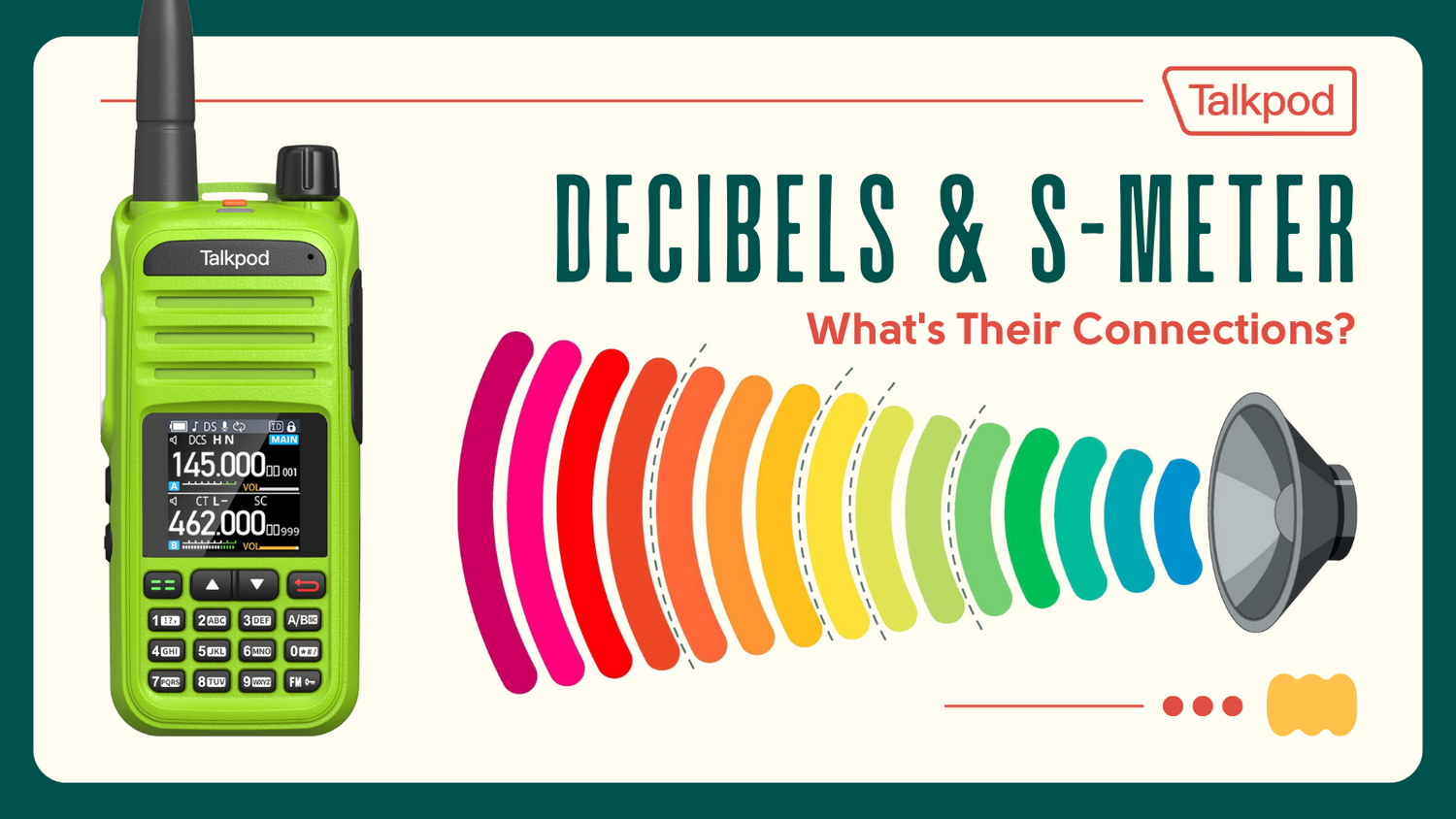


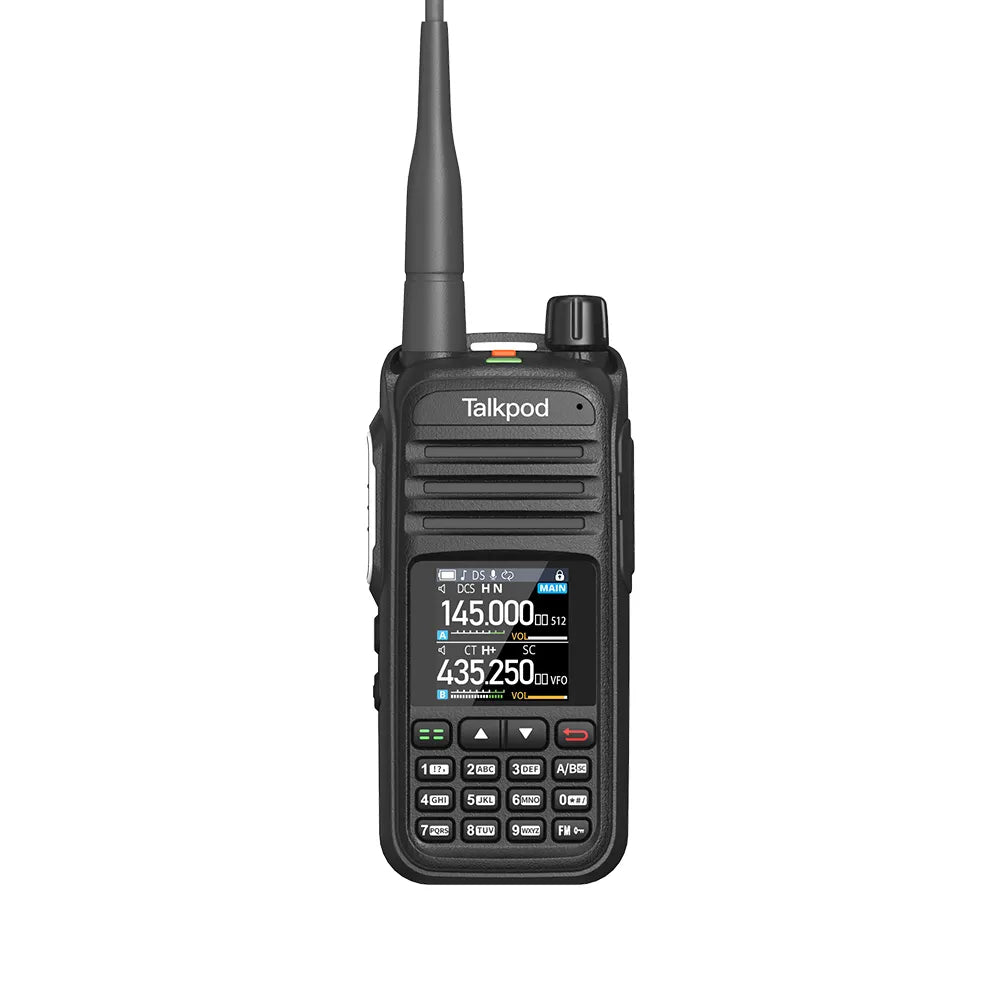
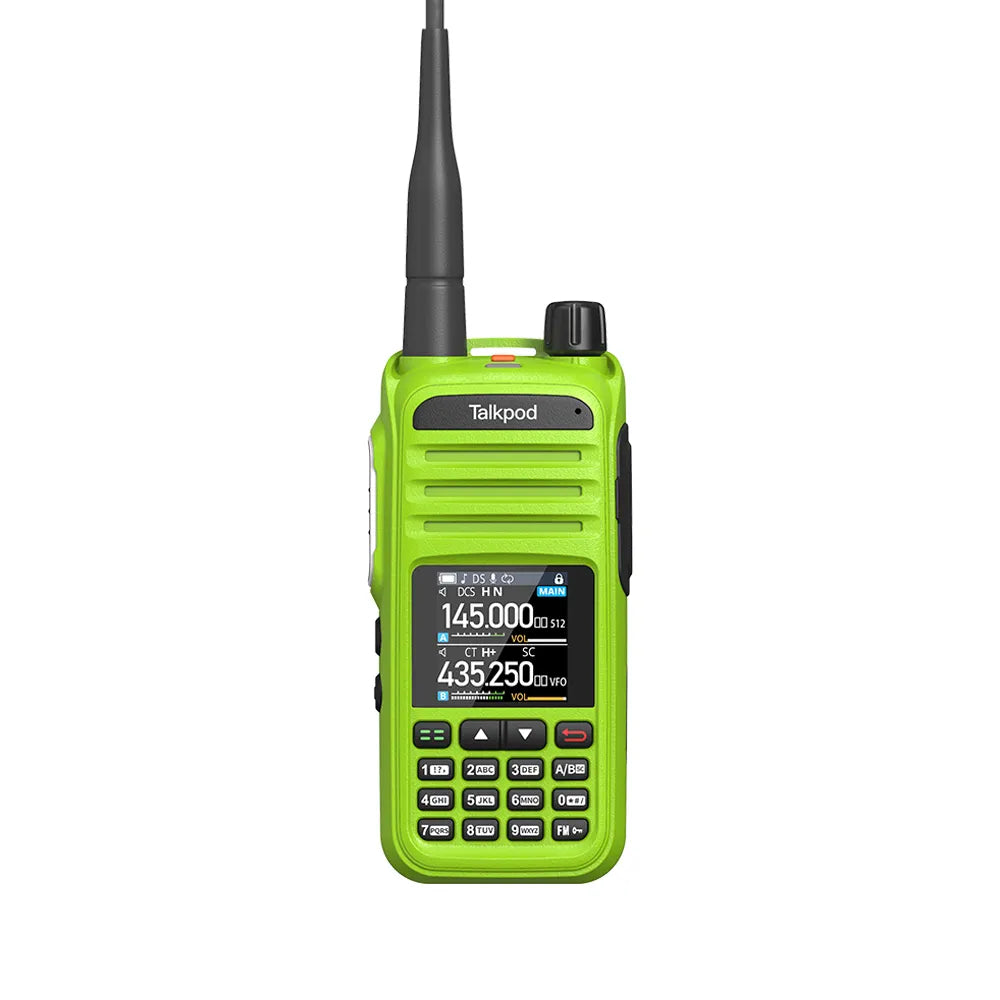
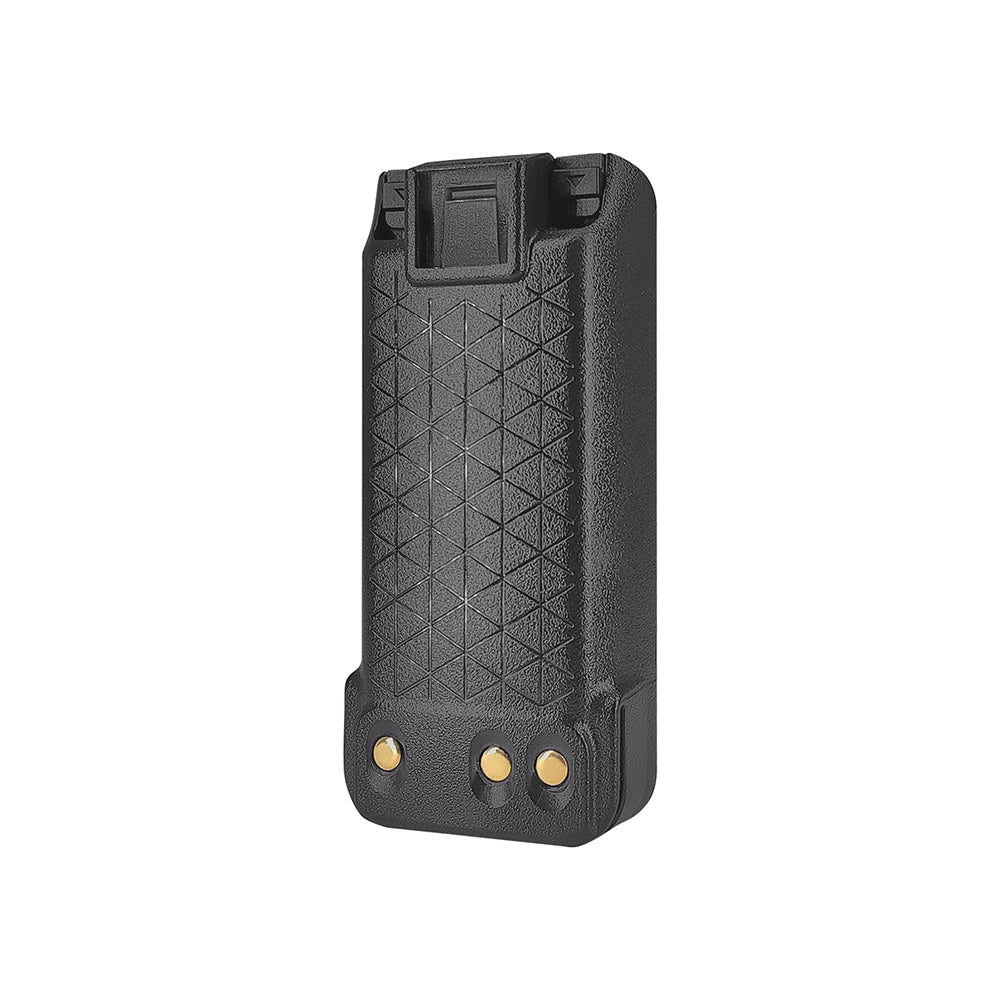
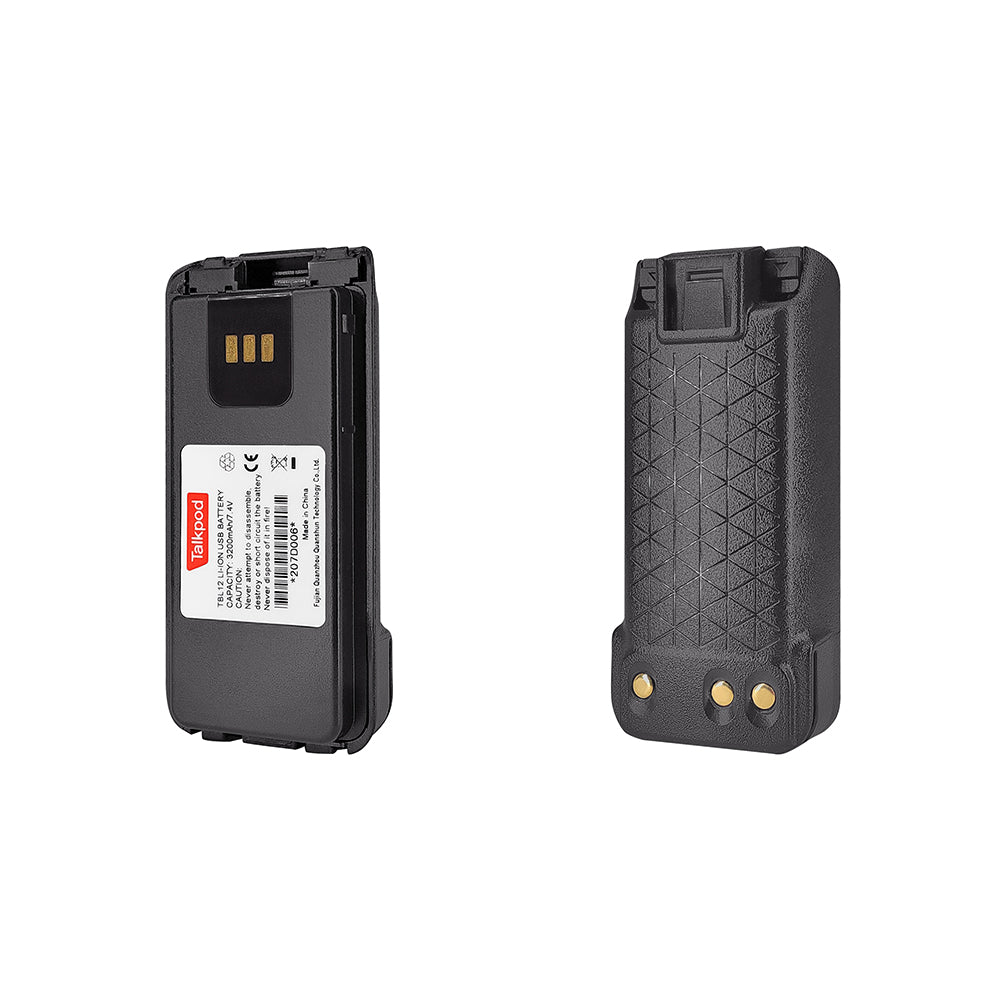
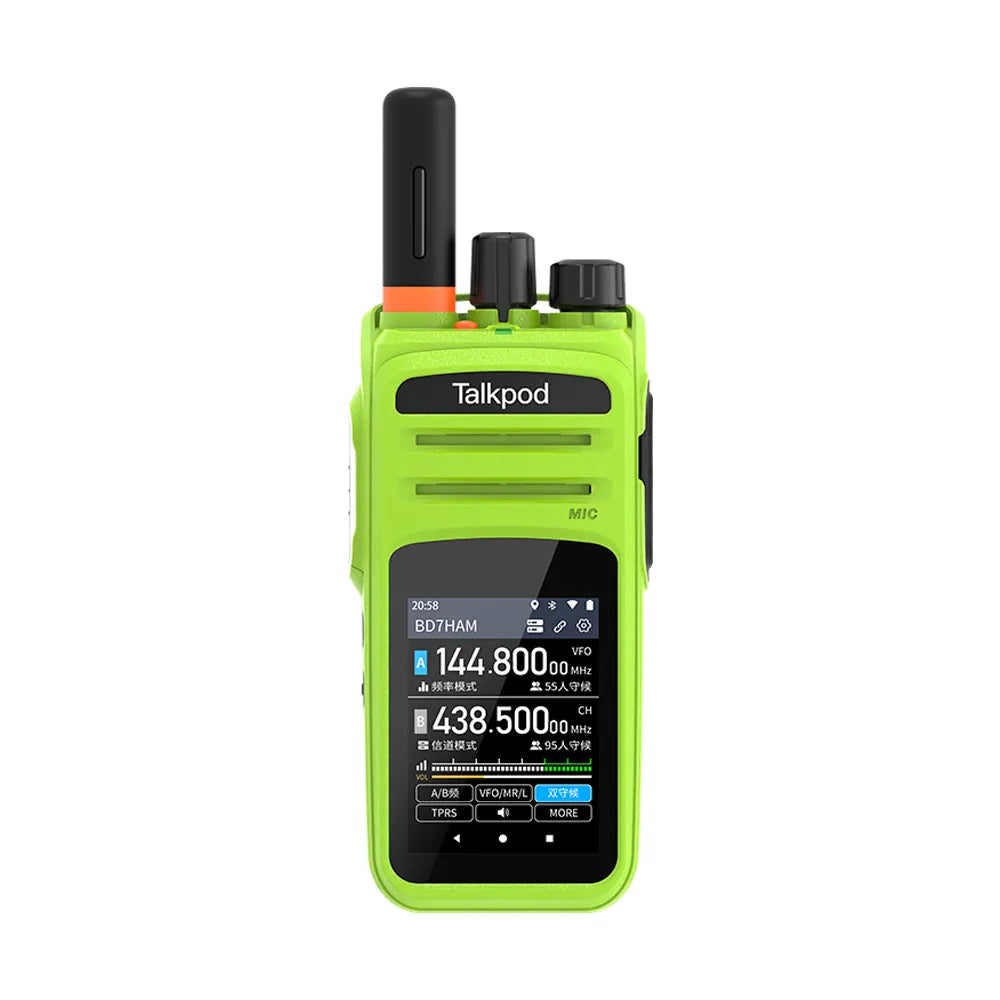
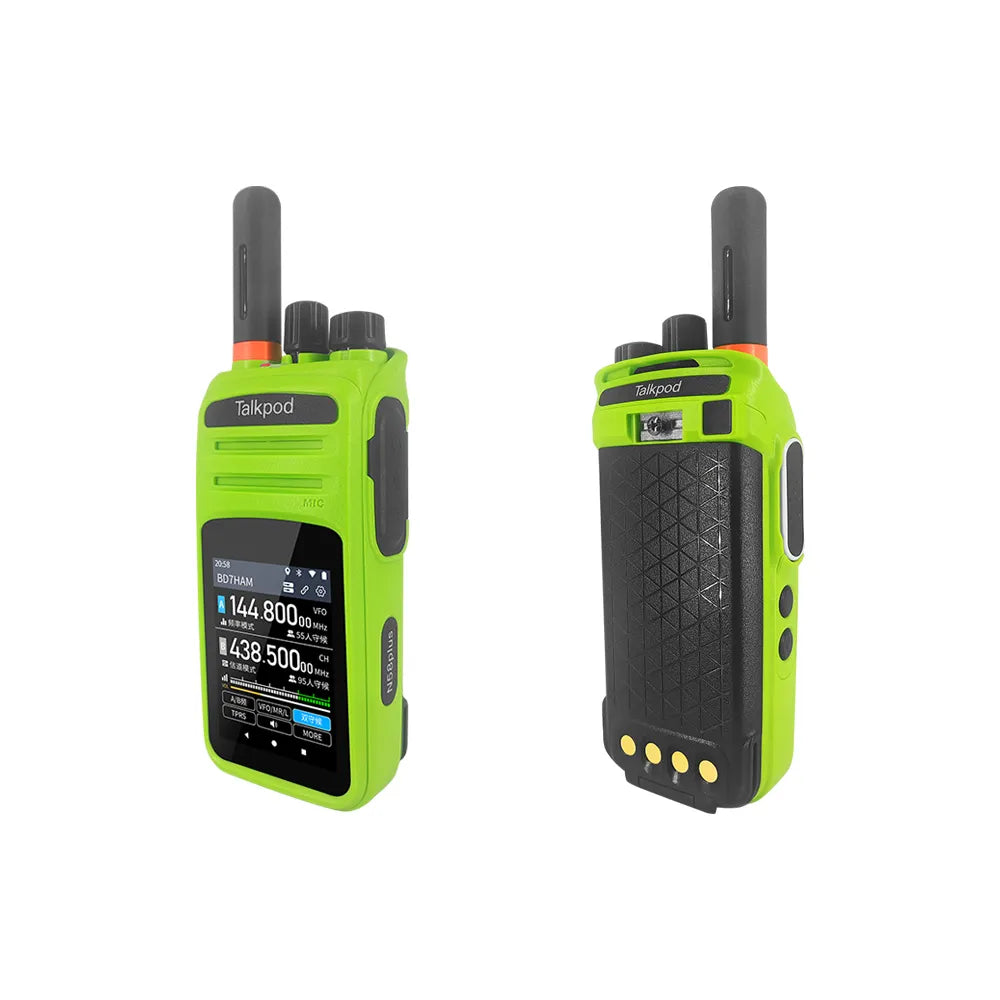
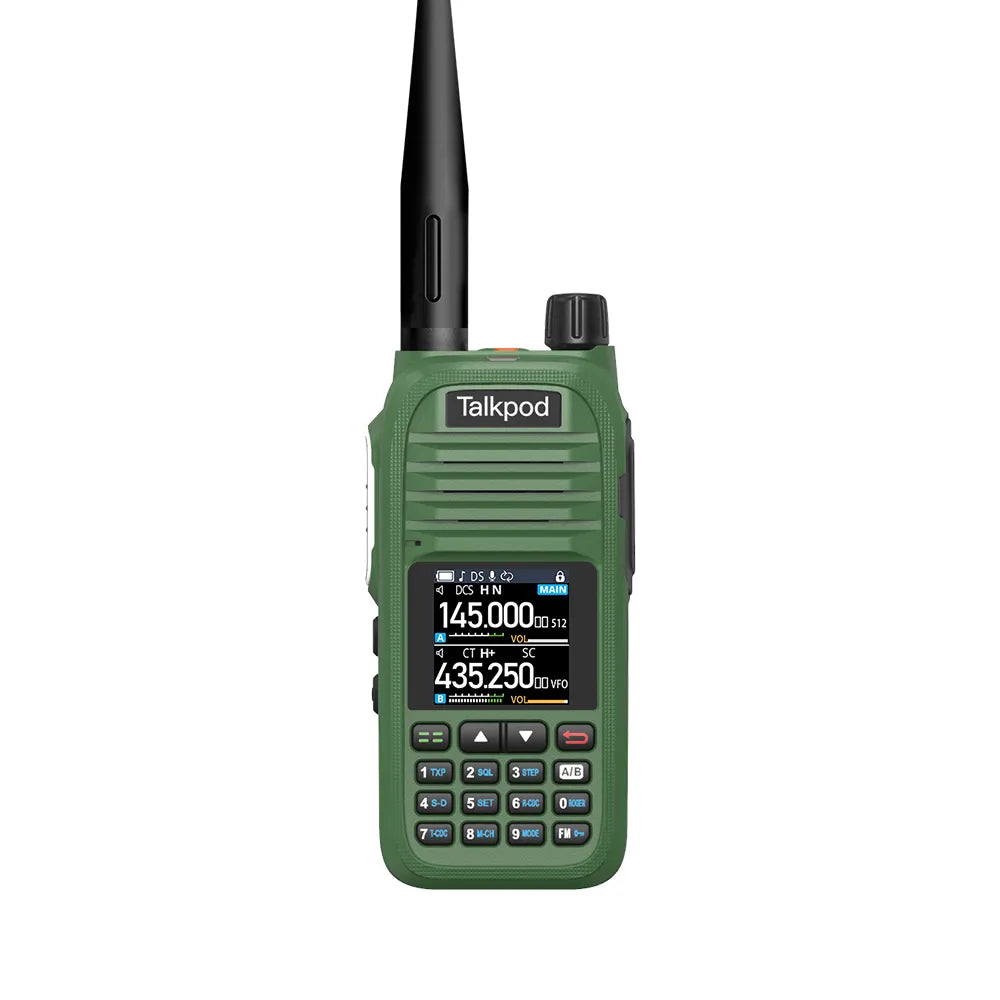
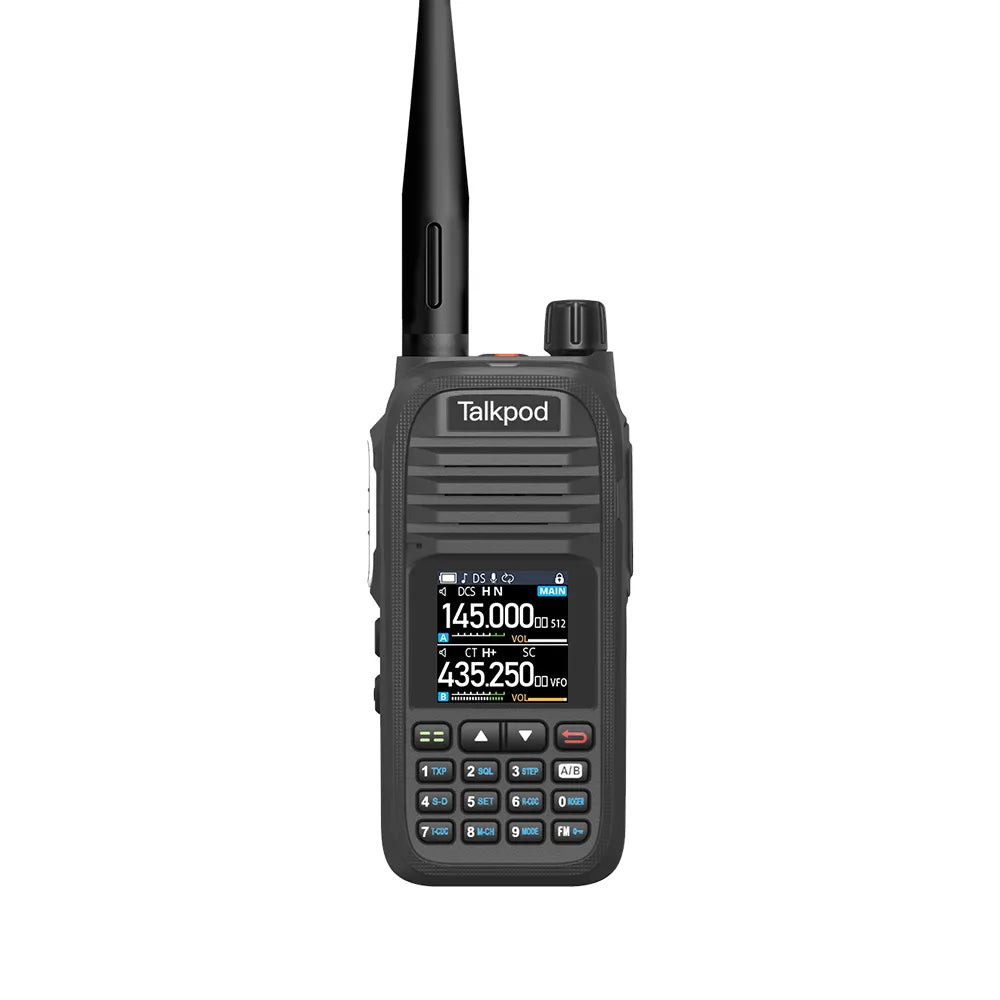
Leave a comment
All comments are moderated before being published.
This site is protected by hCaptcha and the hCaptcha Privacy Policy and Terms of Service apply.